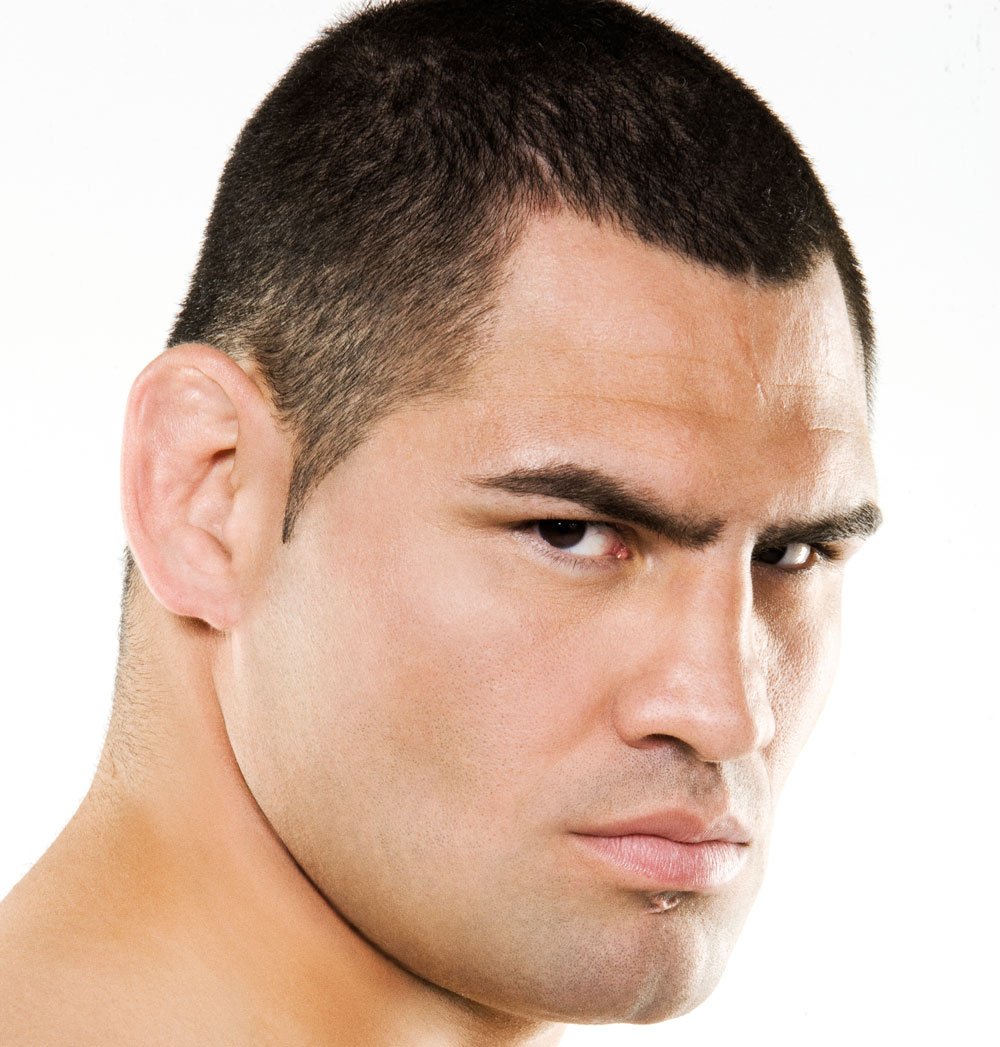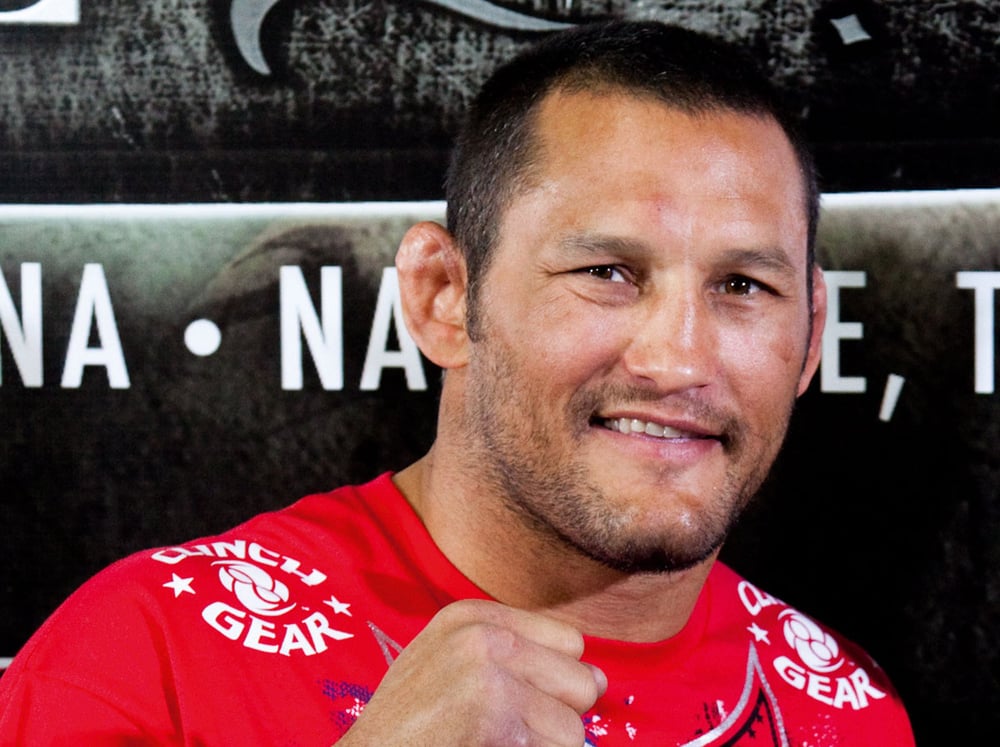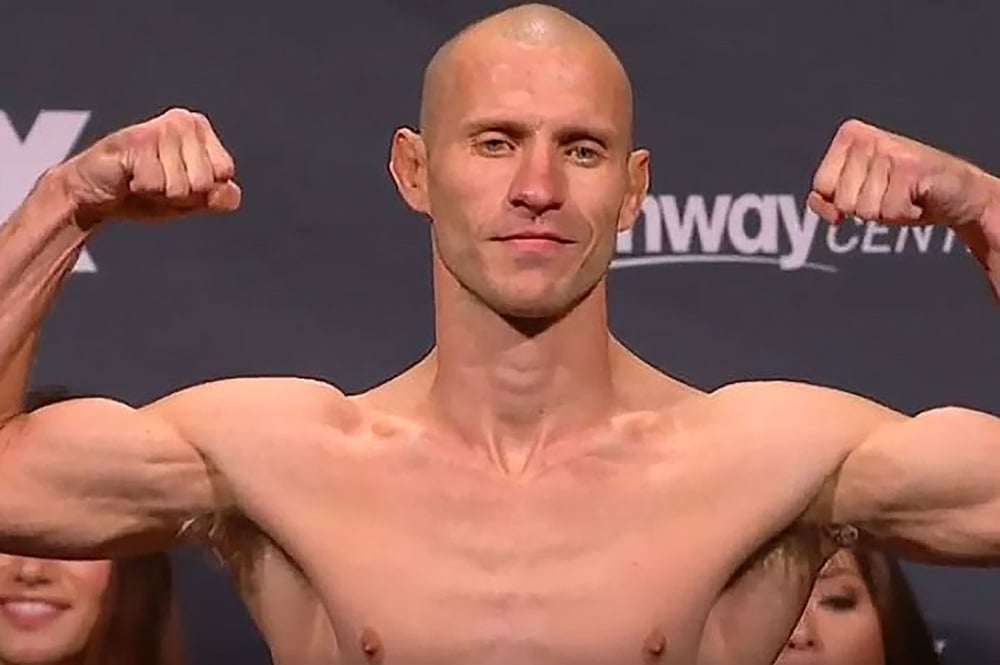
Issue 205
May 2024
Ray Klerck explores how the width of a fighter's face and pre-fight facial expressions can predict MMA fight outcomes, offering new insights for predictions and betting.
It’s ill-advised to judge a book by its cover, but in MMA, you might be able to judge a fighter by their facial real estate. A broader face might mean a wider win margin, especially in and around the weigh-ins before the jaw-clenching adrenaline of the main event starts to flow. Sure, a relaxed yet focused fighter can get the edge, but learning to read faces, especially in the lead-up to a bout, may offer some insights into the outcomes. Understanding the correlation between facial width and fight outcomes isn't just a quirky piece of trivia. This facial recognition skill may have real implications for fight predictions and betting. For enthusiasts and analysts alike, incorporating facial width into their evaluation process could give you an edge in predicting results. With the stakes high in betting circles, even a slight advantage can translate into significant gains. This science-backed approach adds a new layer of analysis, moving beyond traditional metrics like reach, weight, and past performance. By considering the facial width-to-height ratio, bettors might find themselves making more informed and potentially profitable decisions, blending the art of fight analysis with the precision of science.
WIDE FACES, HIGH WINS
When looking at someone, facial subtleties usually tell if they know how to scrap. Cauliflower ears. Off-center nose. Neanderthal-like forehead. While a face piercing might make you look tough, the shape of a person’s face might say a lot more. Researchers at Wayne State University studied 241 UFC fighters, revealing that those with wider faces tend to have more successful careers. These are the fighters you already know and love. Cain Velasquez. Tito Ortiz. Tony Ferguson. Cris Cyborg.

The findings, published in Evolution and Human Behavior, showed that a higher facial width-to-height ratio often created more fight wins and longer careers in the sport. This Darwinian environment within MMA provided a robust sample for studying the link between facial structure and fighting ability. When non-MMA fans were shown composite images of 12 experienced and 12 inexperienced MMA fighters, they could rate the experienced fighters (with wider faces) as the most dangerous. We instinctively know who to keep clear of as an act of self-preservation. This research delves into how we’ve evolved neurocognitive adaptations to assess the threat level of potential opponents. These adaptations are particularly relevant in combat sports, where quick judgment is crucial. Interestingly, wider faces were associated with physical prowess and a psychological edge, as opponents might perceive wider-faced fighters as more formidable. If half the fight is won before the first punch is thrown, a wide-faced competitor could have an early psych-out advantage despite offering more facial real estate to target.
THE WIDE-FACED WARRIORS
Consider Wanderlei Silva; his broad visage became iconic in the Pride Fighting Championships and UFC. His intimidating presence and relentless fighting style perfectly exemplify the above study's findings. Similarly, UFC legend Dan Henderson, known for his mighty right hand and granite chin, also sports a notably broad face. 
The science behind this phenomenon doesn't stop at perceptions. Another study published in the Proceedings of the Royal Society B suggests that men with larger facial width-to-height ratios have evolved to become more resistant to punches. This "protective buttressing hypothesis" suggests that the robust facial features evolved to protect against injury during hand-to-hand combat.
Further supporting this, a study published in PLOS ONE found that men with wider faces are more likely to engage in aggressive and deceptive behaviors. These traits could confer a competitive advantage in the octagon, where psychological and physical toughness are paramount. And suppose you come up against them in the boardroom. In that case, you should carefully scrutinize a business deal with them because wider-faced CEOs tend to run more financially successful firms. These gains may come at your loss. Like it or not, first impressions matter when investing and fighting against someone because it is all a battle for supremacy.
SMILES AND SUBMISSIONS
So, just because someone has a broad face, does that mean they’re going to win a fight? Not necessarily. A fighter’s facial expressions, especially around weigh-ins, can offer clues that bettors and fans may want to clue into. A study in the journal Emotion found that fighters who smiled during pre-fight face-offs were more likely to lose. This non-verbal cue of reduced hostility could signal a lack of aggression or dominance, inadvertently giving an edge to the scowling opponent. 
Notable examples include Donald Cowboy Cerrone smiling before his fight with Anthony Pettis at UFC on Fox 6, where he was knocked out in the first round. Dan Henderson showed his pearly whites to Anderson Silva and got submitted in the second round. When he lost by decision, John Dodson discovered the consequences of his friendly pre-fight smiles against Demetrious Johnson. Having a sunny day in the pre-fight pressor will not create automatic losses, but it seems to be a factor because smiles signify reduced hostility. While a smile is probably meant to show their opposition that they don’t fear them, it does not offer an edge in competition.
READING FACES
Understanding the subtle cues influencing fight outcomes as MMA evolves becomes increasingly important. The width of a fighter's face and expressions provide insights into their potential performance. While it’s essential to consider these findings within the broader context of a fighter's skill set and preparation, the face-off is no longer just a prelude to the fight but a window into the battleground. By recognizing and leveraging these scientific insights, fighters, coaches, and fans can gain a deeper appreciation of the complexities within the octagon. So next time you watch a face-off, remember: the face might just reveal the fight.










